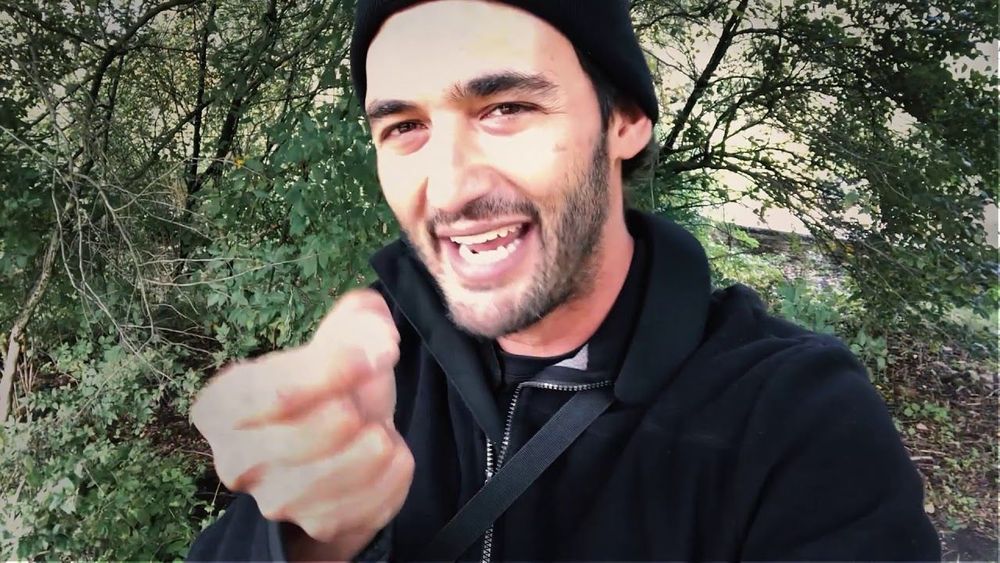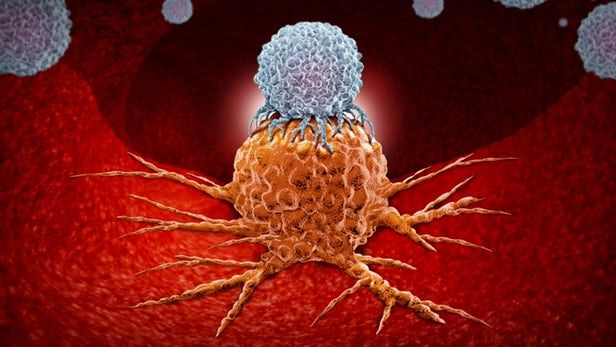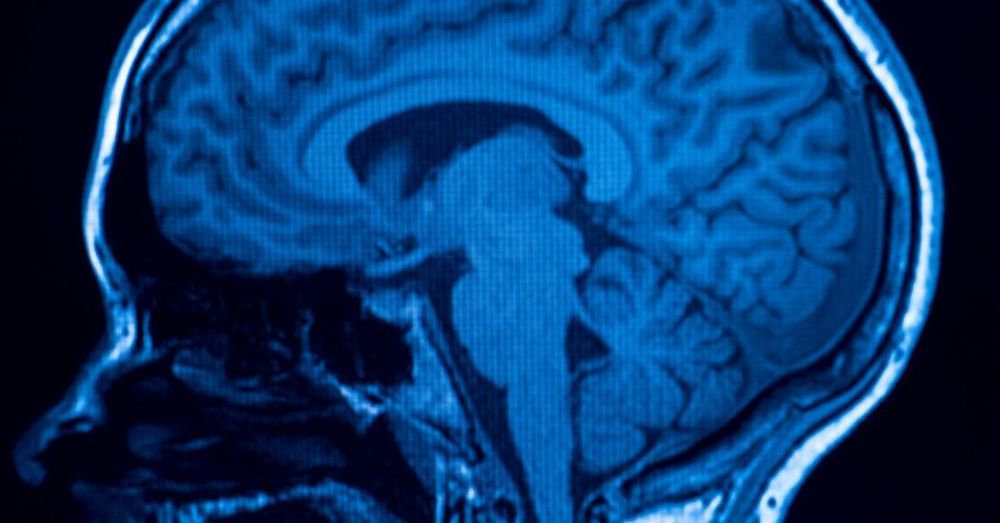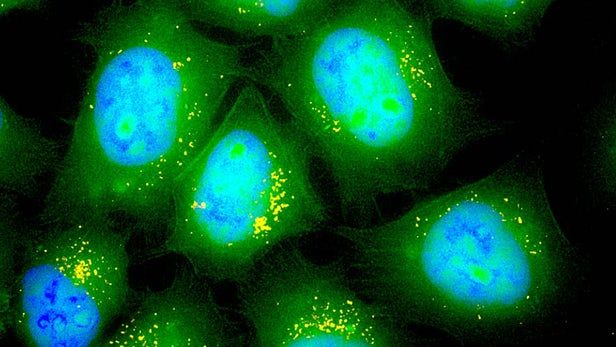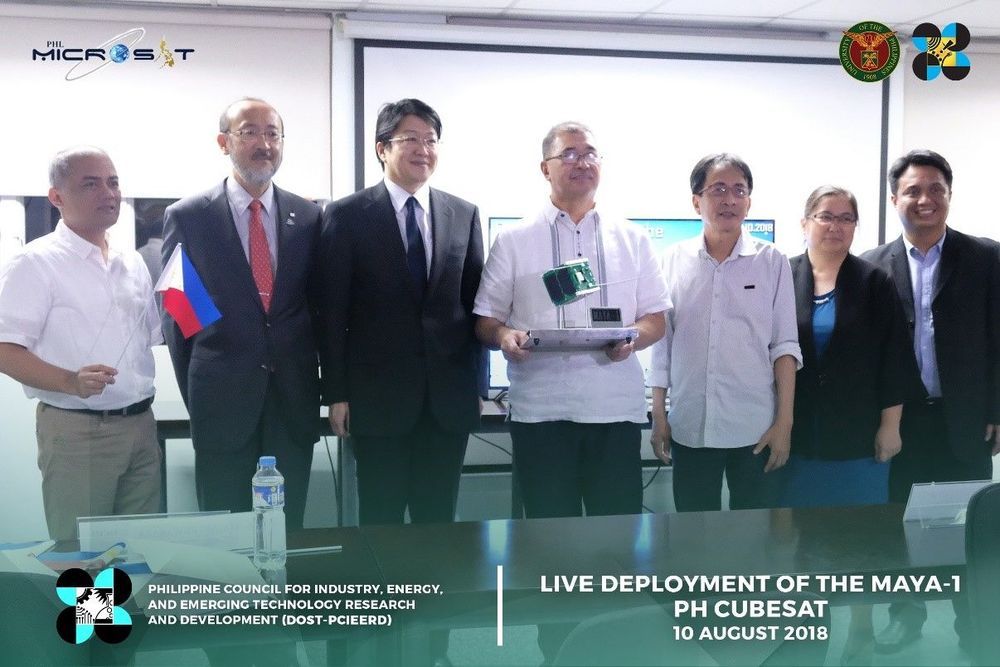
It was a good year for DOST-Philippines after it successfully launched two satellites under the Philippine Scientific Earth Observation Microsatellite (PHL-Microsat) program: Maya-1 the country’s first cube satellite measuring only 10 cubic centimeters in August, and Diwata-2, the improved version of both its predecessors in October.
Manila, August 10, 2018 — Cheers full of Filipino pride were heard in the University of the Philippines (UP) Diliman Electrical and Electronics Engineering Institute building as officials from UP, the Department of Science and Technology (DOST), the Embassy of Japan in the Philippines, and the Japan Aerospace Exploration Agency (JAXA) witnessed the live deployment of Maya-1, the Philippines’ first ever cube satellite (CubeSat).
After its turnover to JAXA last May 15, the Maya-1 CubeSat was brought to the International Space Station (ISS) through the SpaceX Falcon 9 CRS-15 on June 29. “This is actually our second major achievement in space science and technology,” said UP Diliman chancellor Michael Tan, looking back on the Diwata-1 microsatellite launch on March 23, 2016 from Cape Canaveral and its deployment from the ISS on April 27, 2016.
Continue reading “PH CUBESAT MAYA-1 successfully deployed to space” »
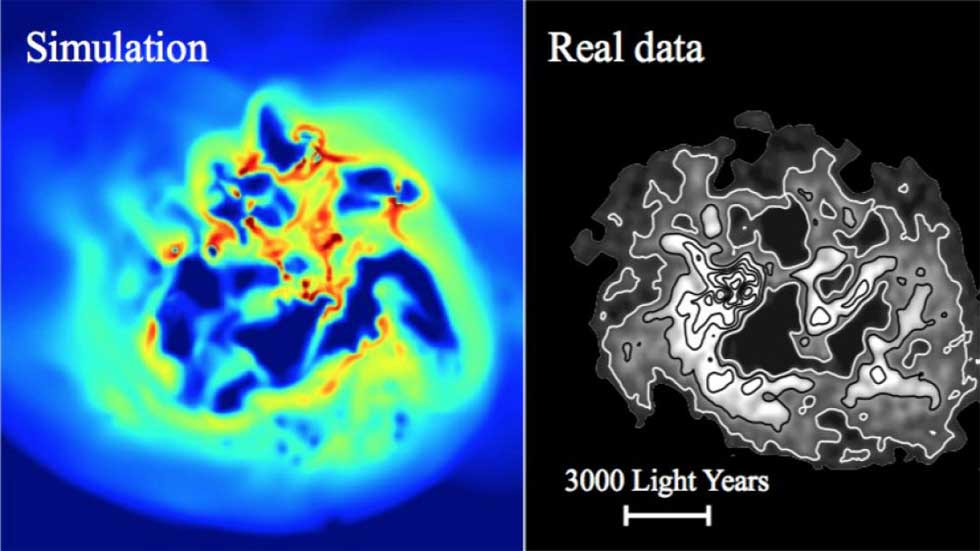

 With support from the National Network of Libraries of Medicine, the School for the Future of Innovation in Society at Arizona State University and SciStarter invite libraries to be part of
With support from the National Network of Libraries of Medicine, the School for the Future of Innovation in Society at Arizona State University and SciStarter invite libraries to be part of 



